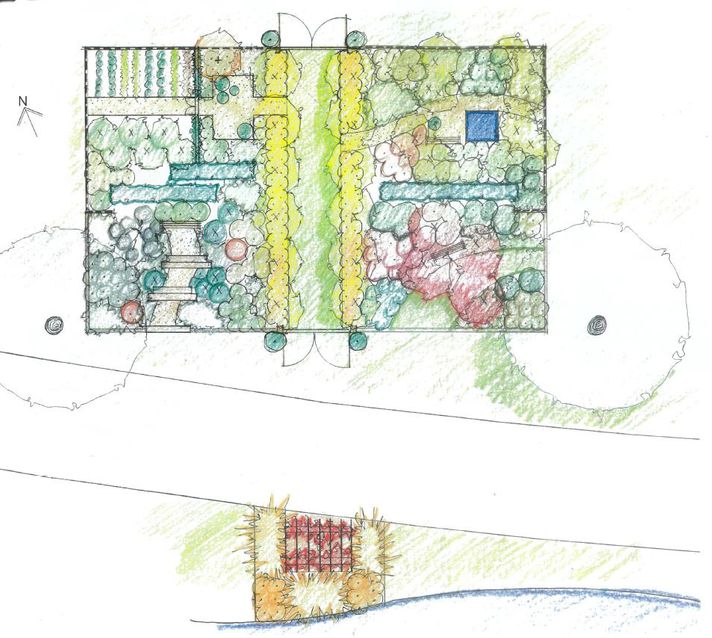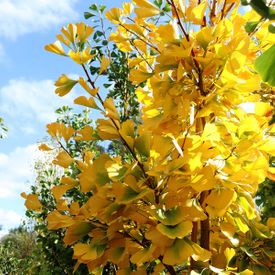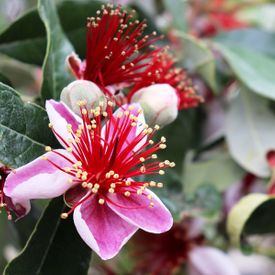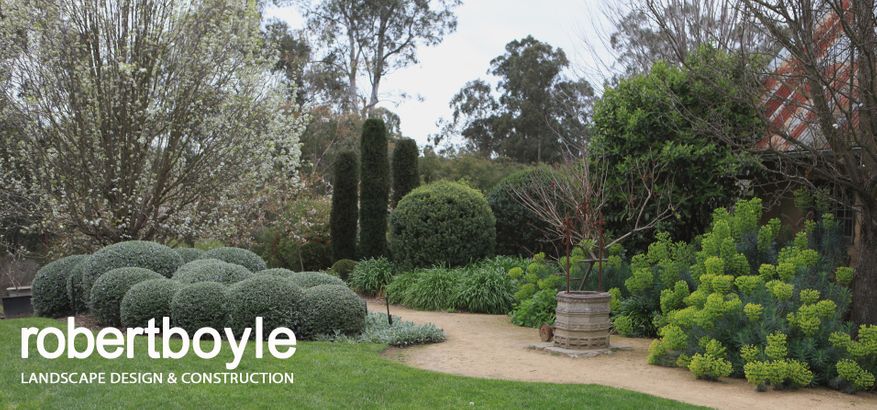More than Meets the Eye
MORE THAN MEETS THE EYE
Within weeks of arriving in Australia in March 1914, William Richard Warner (known as W.R.) had set up and opened a nursery business in the Melbourne suburb of Auburn. Soon he was writing for the local paper and encouraging Melbournians to select good quality plants, understand what they needed to grow and take the time to do it right.
Warner’s Nurseries have been an integral part of MIFGS since the seeds were sown in 1925 at the inaugural Melbourne Garden Week, when W.R. Warner exhibited with the aim “to further the love of horticulture in the community.” Warners’ continued involvement with MIFGS remains unchanged in the desire to foster the love of the garden.
Bringing together Warner’s Nurseries and Robert Boyle to design a show garden celebrates a fifty-year relationship between the two in creating spaces of wellbeing and enjoyment for numerous families.
It represents the Warner’s story, contributing to the greening of Victoria, of promoting the importance of gardens and why plants are an essential part of human existence. Rudyard Kipling wrote in 1911 “the glory of the garden lies in more than meets the eye”.
This garden represents unity, with six distinct zones coming together as one and the plants as the focus. The gardens are linked by the bay hedge, providing a backdrop, and screening our view to what is on the other side.
It gradually reveals the four main gardens; a Traditional Parkland, Mediterranean, a shaded Urban Woodland and a Food Garden with each area highlighting a distinctive look and feel with its diversity of plantings. The Arbour provides the perfect backdrop to view along the Avenue to the spire of the majestic Exhibition building. Though temporary in nature the garden sits well placed in the landscape and recalls historic European influence.
Yet it evokes childhood memories of suburban timber slatted fences and invites questions with its extensive repurposing of materials and borrowed elements. These conscious thoughts to reduce waste continue with the minimal built structures and in the very symbols of self-sufficiency, its plentiful plantings of fruit, vegetables, and other edibles.
This garden demonstrates how plants can be used to create various and almost unlimited garden styles and endeavours to tell the story that plants can transform a bare area into a beautiful place in just a few days.
‘More than meets the eye’ is praise to the plants that ultimately create a garden.
Plants create places of beauty that enrich our lives, giving health, food and sustenance to our bodies, minds, and spirits. Plants can evoke memories of happy and sad times, of places and people. We use them in our traditions and anniversaries and as gifts of celebration, love, gratitude, and sympathy. Plants can transform the character of our cities, making our neighbourhoods more liveable and helping to improve the health of our communities and our planet. Gardens have always been a place of refuge. From the broad open spaces of established public parks to our own back yard or balcony garden, plants have provided a sanctuary of wellbeing. So much more can be said about the immense benefits and uses of plants, the undeniable fact is, we cannot live without them.
When just looking at a garden the benefits are not always immediately apparent. It is when you immerse yourself and become involved that the real benefits of a beautifully designed garden are revealed. This garden invites you to explore its rooms, take time to discover its subtleties, immerse your senses, and discover ‘More than meets the eye.’








